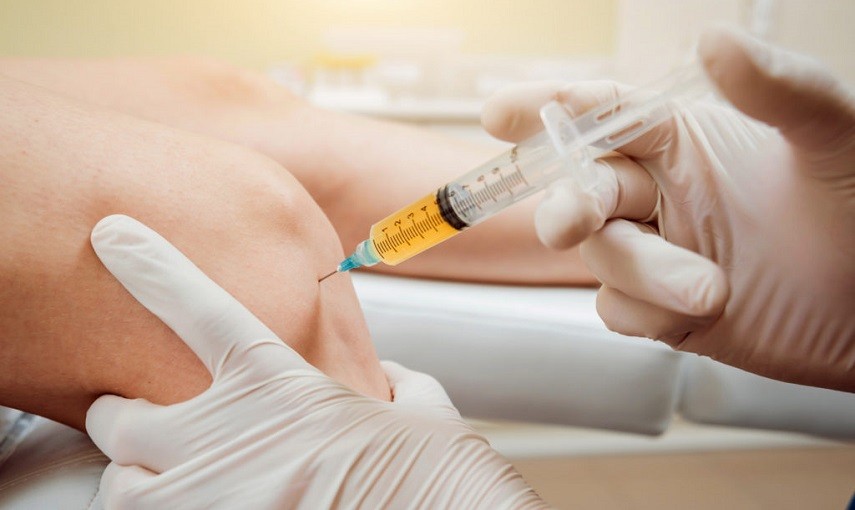In the panorama of aesthetic medicine, the use of Platelet Rich Plasma (PRP) has gained considerable popularity as a regenerative and curative treatment for cutaneous and subcutaneous tissues
This technique, which is based on the concentration of growth factors in the patient’s autologous blood, has been widely used in various medical fields for the regeneration of damaged tissues, including maxillofacial surgery, odontostomatology, ophthalmology and therapy of chronic skin ulcers.
The Powerful Concentrate of Growth Factors
PRP, also known as Platelet Rich Plasma or platelet porridge, is obtained through a centrifugation technique of the patient’s autologous blood, which leads to the production of a part of plasma with a high concentration of platelets. This growth factor concentrate has been shown to be a potent stimulator of tissue regeneration, which has led to its use in various regenerative medical procedures.
Advertisements
An Expansion in Aesthetic Medicine
In recent years, PRP treatment has also entered the field of aesthetic medicine. Industry professionals have indicated it as an ally in lipofiller procedures, a wrinkle treatment and a biorevitalization technique to improve the appearance of areas such as the cheeks, eye area and neck skin folds. The treatment, lasting approximately one hour, has attracted the attention of many people eager to improve the appearance of their skin and achieve natural and regenerative results.
The Hand of Regional Regulation
It is important to note that the legislation governing PRP therapy procedures varies according to the regions in Italy. In the majority of regions, the presence of the transfusion doctor during treatment is mandatory, in order to ensure safe management of the PRP and correct application of the legislation.
Biogeneration: The Revolutionary Frontier of Regenerative Medicine with PRP
Regenerative medicine is experiencing a revolution thanks to an innovative method based on Biogeneration. This approach makes use of the regenerative properties of growth factors, naturally present in blood platelets, to stimulate cell regeneration mechanisms, such as collagen synthesis. The effectiveness of this methodology has been extensively documented in numerous congress venues, increasingly attracting the attention of the medical community.
The Role of Growth Factors in Stem Cells
Growth factors play a key role in recalling and reactivating stem cells, stimulating the cell regeneration process. Their action is essential for skin rejuvenation, as they promote the formation of new collagen, one of the proteins essential for skin structure and elasticity.
Documented Skin Regeneration
Thanks to the use of this biological methodology, numerous biopsies taken after the treatment have highlighted the presence of newly formed collagen in the skin of the treated patients. This discovery confirms the effectiveness of PRP therapy in the cell regeneration process and provides concrete results regarding the improvement of the appearance and health of the skin.
Regulation and Permissions
However, it is essential to underline that the treatment with Platelet Rich Plasma must be carried out exclusively in health facilities authorized for the use of blood products. Law n.219/2005, which regulates the donation, handling and storage of blood and its derivatives, establishes that PRP can only be prepared in transfusion services. An inappropriate processing procedure could lead to risks to the patient, such as the possibility of bacterial contamination and infection.
summing up
Areas of medical use:
Acute and chronic tendonitis: Such as epicondylitis (tennis elbow) and patellar tendinopathy (jumper’s knee). Oral and maxillofacial surgery: Used for the regeneration of damaged tissue in these areas. Ophthalmology: Can be used to treat certain eye conditions. Treatment of chronic skin ulcers: Helps promote healing of difficult-to-treat ulcers.
Aesthetic area:
Skin and Subcutaneous Tissue Enhancement: Used to improve the appearance of areas such as the cheeks, eye area, periocular and neck creases.
Safety and contraindications:
PRP is a safe and internationally established procedure, but it must be performed by licensed professionals and in adequately equipped centres. It must not be prepared or administered at home or by professionals without specific authorizations, as improper preparation can be risky for the patient. Administering PRP via injections cannot be left to the do-it-yourselfer.
PRP preparation:
The final platelet concentration and the presence of leukocytes (white blood cells) are crucial variables in the preparation of PRP. It is important that the procedure is carried out in treatment centers that have a method to adequately concentrate the platelets and allow the choice between PRP rich in leukocytes or not, depending on the treatment needs.
Conclusions
PRP has undoubtedly gained prominence as a potent growth factor concentrate in regenerative and non-transfusion medicine. Although it has also become a widely used treatment in aesthetic medicine, it is essential to approach its use with caution and responsibility.
NurseTimes editorial team
Follow us on:
